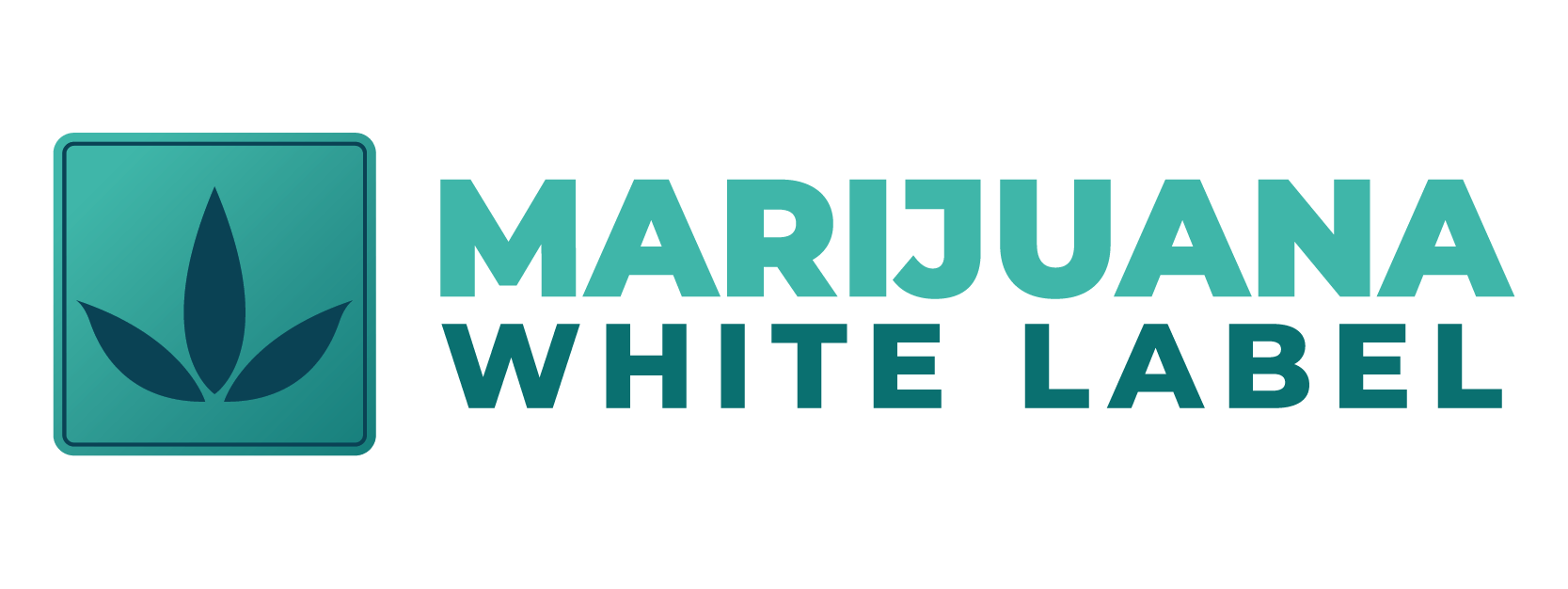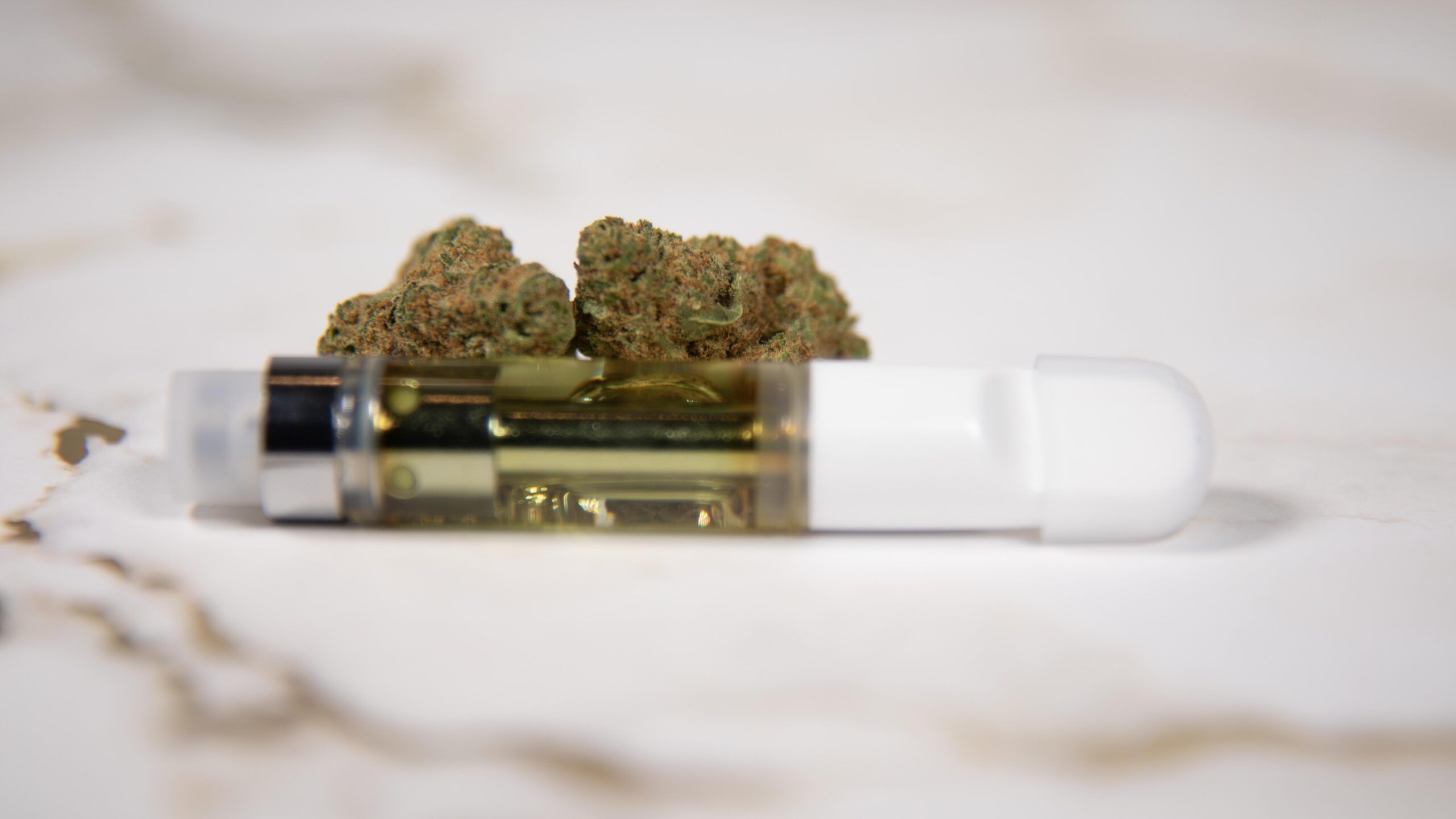In consumer products broadly—and cannabis specifically—“white label” and “private label” describe two ways brands bring goods to market without building a factory from scratch. The terms are related but not the same. Understanding the difference helps consumers read labels more intelligently and helps brands pick the right path to deliver safe, consistent products.
Quick Definitions
White label products are standard formulations made by a third-party manufacturer and then sold to multiple brands that apply their own packaging and logos. The underlying product is substantially the same across brands, often with minor cosmetic variations. This route optimizes speed to market and cost.
Private label products are made by a third-party manufacturer exclusively for one brand or retailer, typically to that brand’s specifications (think bespoke recipes, hardware choices, terpene blends, or package form factor). Exclusivity and deeper customization are the hallmarks.
The Core Differences, in Plain Language
- Exclusivity of the formula
- White label: Manufacturer owns the standard formula and may sell identical or near-identical goods to multiple brands.
- Private label: Brand typically owns or controls the spec; the product is exclusive to that brand.
- Customization depth
- White label: Limited tweaks (pack size, flavor from a set list, label art).
- Private label: Broad customization—unique formulations, differentiated hardware, signature terpene profiles, or novel dosage forms.
- Speed and cost
- White label: Fastest and usually lowest cost because the line is already validated and scaled.
- Private label: More R&D and iteration time; higher unit costs initially but more brand differentiation over time.
- Brand positioning
- White label: Great for testing categories or filling assortment gaps quickly.
- Private label: Ideal for building moats—ownable taste, feel, or effects that consumers can’t get elsewhere.
How these Models Play Out in Cannabis
The cannabis twist is regulation. Manufacturers and brands operate under state-level rules that govern who can make what, and how goods are packaged, labeled, and transferred. Any brand—whether white label or private label—must route products through licensed manufacturers, distributors, and retailers, and pass state compliance testing in final, retail-ready packaging. For example, California requires manufactured goods to be labeled in final form before regulatory compliance testing, and Nevada prescribes detailed packaging and labeling standards for edibles and other products. These requirements influence timelines, minimums, and costs for both models.
Why brands use white label in cannabis. It’s a practical way to enter a category (vapes, gummies, beverages) without building a compliant facility or buying specialized equipment. Industry coverage notes that white-label partners help non-manufacturing brands get on shelves faster and more cost-effectively—key in fast-moving markets.
Why brands pursue private label. When a brand wants a signature effect profile—say, a distinct live-resin blend or a controlled-release edible—it turns to private label to lock in a unique spec and defend margin. General retail playbooks echo this: private label trades higher up-front effort for greater control and differentiation.
Quality, Safety, and Transparency for Consumers
From a consumer’s seat, the label model matters less than process control and compliance. Both white-label and private-label products must meet the same state testing and packaging rules before sale. California’s checklist underscores that products are tested after they’re packaged and labeled, which ties the label claims (potency, ingredients, allergen statements) directly to the batch being sold. Nevada’s rules similarly specify warnings, symbols, and other consumer-safety elements. This is why a well-run white-label line can deliver quality comparable to a bespoke private label—and why sloppy process control undermines either model.
In practice, reputable manufacturers (regardless of model) implement documented quality systems, batch records, and change controls, which reduce variability and protect consumers. Industry guidance and risk commentary outside cannabis make the same point: outsourcing doesn’t outsource liability—brands still need supplier qualification and ongoing oversight.
Choosing the Right Path (from a Manufacturer’s Perspective)
- Go white label when speed, budget, and category validation are paramount—e.g., a brand wants to test a 5 mg beverage or a 1-gram distillate cartridge at an accessible price point. The formulation is proven, the COGS are predictable, and the setup is fast.
- Go private label when the brief demands uniqueness—e.g., a solventless gummy with a specific live-rosin strain ratio, or a ceramic-core vape tuned for a viscous live-resin extract. Expect more R&D cycles, pilot runs, and stability checks, but also a brand asset competitors can’t easily copy.
Either way, the manufacturer’s job is to harmonize regulatory constraints (state licensing, testing cadence, packaging rules), operational realities (lead times for child-resistant packaging, hardware MOQs), and brand goals (price tier, flavor/effect profile). Trade publications covering cannabis manufacturing consistently highlight white-label partnerships as a tool to manage this complexity without sacrificing compliance.
Bottom Line: Are White Label and Private Label Different?
Yes—by intent and structure. White label optimizes speed and scale with shared, standard formulas; private label optimizes differentiation with exclusive specs. In cannabis, both sit inside the same compliance envelope, so the “best” choice depends on the brand’s strategy and the consumer promise it needs to keep. If a brand promises a distinctive effect, terroir-driven flavor, or unique device experience, private label fits. If it promises dependable value and quick availability in popular formats, white label shines. The smartest portfolios often use both: white label to cover mainstream staples and private label to anchor signature SKUs.

